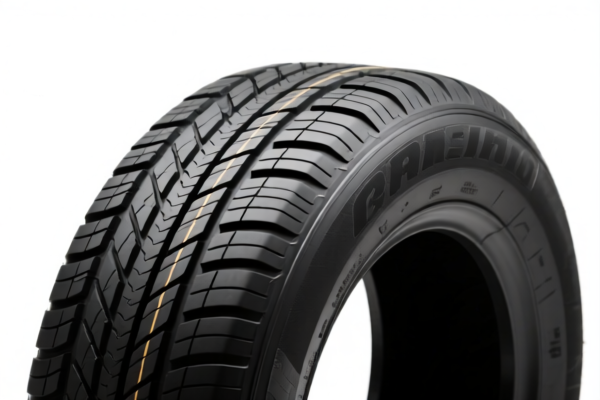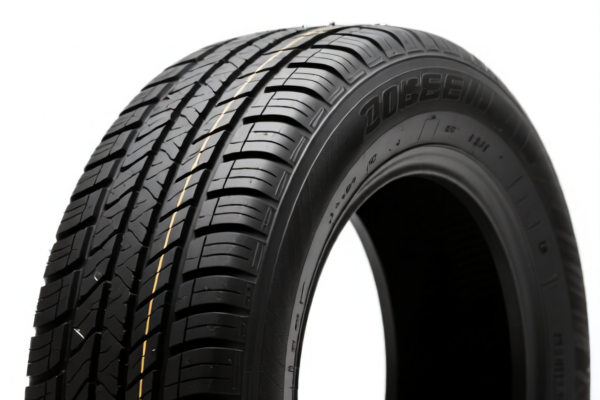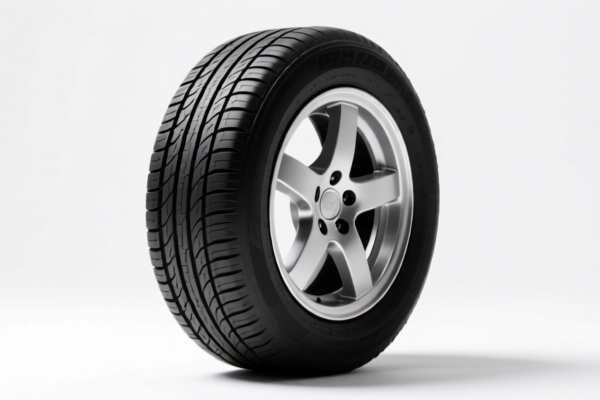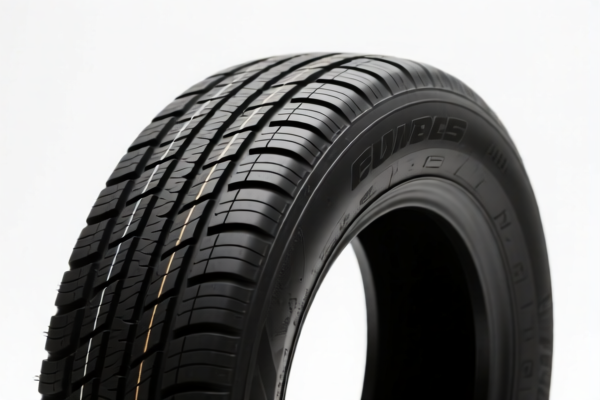| HS Code | Official Doc | Tariff Rate | Origin | Destination | Effective Date |
|---|---|---|---|---|---|
| 4823906000 | Doc | 55.0% | CN | US | 2025-05-12 |
| 4823908000 | Doc | 55.0% | CN | US | 2025-05-12 |
| 4822100000 | Doc | 55.0% | CN | US | 2025-05-12 |
| 4822900000 | Doc | 55.0% | CN | US | 2025-05-12 |




Tire Nozzle
A tire nozzle, also known as a tire chuck or inflation nozzle, is a device used to connect an air source to the valve stem of a tire for the purpose of inflating or deflating the tire.
Material
Tire nozzles are commonly constructed from the following materials:
- Brass: Offers durability, corrosion resistance, and good thermal conductivity. Often used in higher-quality nozzles.
- Steel: Provides strength and is often coated to prevent corrosion.
- Aluminum: Lightweight and corrosion-resistant, but generally less durable than brass or steel.
- Plastic: Found in lower-cost nozzles, often used for the handle or outer casing. Typically less robust and may crack or break over time.
- Rubber: Used for seals and gaskets to ensure an airtight connection.
Purpose
The primary purpose of a tire nozzle is to facilitate the controlled addition or removal of air from a tire. This is essential for maintaining proper tire pressure, which impacts:
- Vehicle Handling: Correct pressure ensures optimal steering and braking performance.
- Fuel Efficiency: Underinflated tires increase rolling resistance, reducing fuel economy.
- Tire Lifespan: Proper inflation prevents uneven wear and premature tire failure.
- Ride Comfort: Appropriate pressure contributes to a smoother ride.
Function
A tire nozzle functions by creating a secure, airtight seal with the tire's valve stem. This allows air to flow between the air source (e.g., air compressor, air pump) and the tire. Most nozzles incorporate a mechanism (lever, clip, or screw) to lock onto the valve stem, preventing air leakage during inflation or deflation.
Usage Scenarios
- Vehicle Maintenance: Regularly checking and adjusting tire pressure for cars, trucks, motorcycles, bicycles, and other vehicles.
- Emergency Situations: Inflating a flat tire using a portable air compressor or pump.
- Sports Equipment: Inflating tires on sports balls, inflatable boats, and other recreational items.
- Industrial Applications: Used in various industrial settings for inflating tires on forklifts, construction equipment, and other machinery.
Common Types
- Clip-On Nozzle: Features a spring-loaded clip that secures the nozzle to the valve stem. Simple and widely used.
- Screw-On Nozzle: Requires manual screwing onto the valve stem for a tighter seal. Often used for higher-pressure applications.
- Lock-On Nozzle: Incorporates a locking mechanism for a more secure and hands-free connection.
- Dual Foot Nozzle: Designed for use with air compressors that have a foot pedal for operation, allowing hands-free inflation.
- Digital Tire Nozzle: Includes a built-in digital pressure gauge for accurate readings during inflation.
- Straight/Bent Nozzle: Refers to the shape of the nozzle's connection point, affecting accessibility in tight spaces.
- In-Line Nozzle: Features a pressure gauge directly integrated into the nozzle body.
Based on the provided information, classifying "tire nozzle" requires careful consideration of its material and function. The following HS codes may be relevant:
- 4823906000: This code covers “Other paper, paperboard, cellulose wadding and webs of cellulose fibers, cut to size or shape; other articles of paper pulp, paper, paperboard, cellulose wadding or webs of cellulose fibers: Other: Other: Other: Of coated paper or paperboard: Gaskets, washers and other seals”. If the tire nozzle is manufactured from coated paper or paperboard and functions as a seal, this HS code may be applicable. The total tax rate is 55.0%, comprising a 0.0% base tariff and a 25.0% additional tariff, increasing to 30% after April 2, 2025.
- 4823908000: This code also covers “Other paper, paperboard, cellulose wadding and webs of cellulose fibers, cut to size or shape; other articles of paper pulp, paper, paperboard, cellulose wadding or webs of cellulose fibers: Other: Other: Other: Other: Other: Gaskets, washers and other seals”. Similar to 4823906000, this applies if the tire nozzle is made of paper pulp, paper, or paperboard and acts as a seal. The total tax rate is also 55.0%, with a 0.0% base tariff and a 25.0% additional tariff (increasing to 30% after April 2, 2025).
- 4822100000: This code covers “Bobbins, spools, cops and similar supports of paper pulp, paper or paperboard (whether or not perforated or hardened): Of a kind used for winding textile yarn”. This code is less likely to be applicable unless the tire nozzle is specifically designed and used for winding textile yarn in the tire manufacturing process. The total tax rate is 55.0%, with a 0.0% base tariff and a 25.0% additional tariff (increasing to 30% after April 2, 2025).
- 4822900000: This code covers “Bobbins, spools, cops and similar supports of paper pulp, paper or paperboard (whether or not perforated or hardened): Other”. This code is applicable if the tire nozzle is made of paper pulp, paper, or paperboard but is not specifically for winding textile yarn. The total tax rate is 55.0%, with a 0.0% base tariff and a 25.0% additional tariff (increasing to 30% after April 2, 2025).
Important Note: The classification of tire nozzles heavily depends on their material composition. If the nozzle is made of materials other than paper pulp, paper, or paperboard, these HS codes may not be appropriate.
Regarding these HS codes, please note the need to verify the material of the tire nozzle. The additional tariff is subject to change, increasing from 25.0% to 30% after April 2, 2025.
Customer Reviews
The explanation of the different HS codes for tire nozzles was very detailed. I especially liked the note about verifying the material before choosing a code.
I needed to export some tire nozzles and this site gave me the right HS code and tax rate details. Very grateful for the clear info.
The info on HS codes is good, but I wish there were more examples of how to use the tariff rates in real trade scenarios. Still, it was helpful.
Clear breakdown of the different HS codes for tire nozzles. I was a bit confused at first, but the material-based classification helped me choose the right one.
This site has all the details about tire nozzle HS codes and tariff rates. The explanation of the 55% tax rate was super helpful for my business.